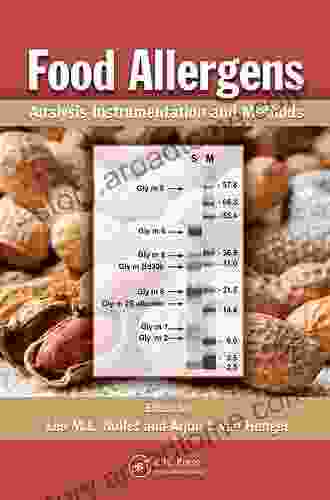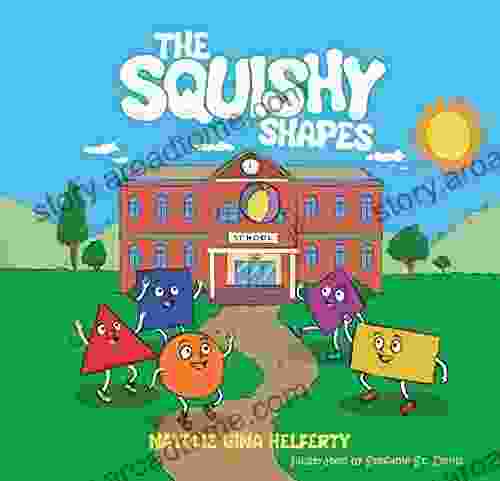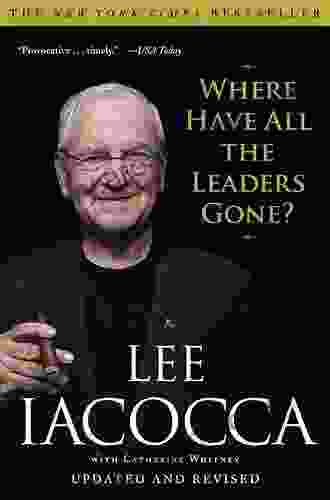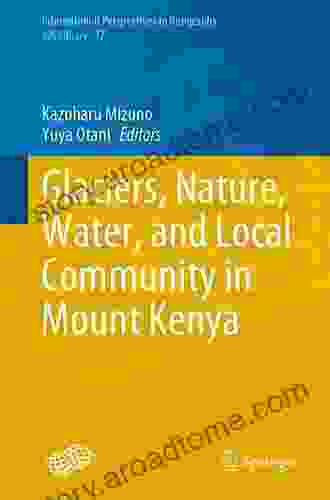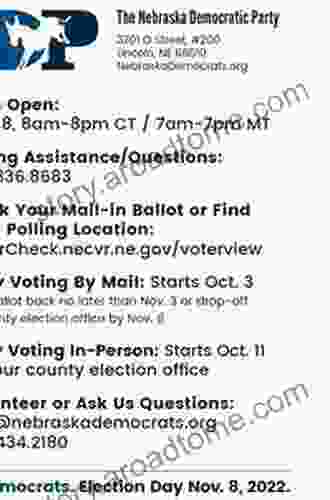Food Allergens Analysis: Instrumentation and Methods

Food allergens can be a serious health hazard, and it is important to be able to accurately and quickly detect them. This book provides a comprehensive overview of the instrumentation and methods used for food allergens analysis, making it an essential resource for food safety professionals and researchers.
5 out of 5
| Language | : | English |
| File size | : | 7573 KB |
| Screen Reader | : | Supported |
| Print length | : | 232 pages |
Table of Contents
- Analytical Methods
- Instrumentation
- Applications
- Future Trends
Food allergies are a growing problem, and it is estimated that up to 10% of the population is affected by some form of food allergy. Food allergens can cause a range of symptoms, from mild skin irritation to life-threatening anaphylaxis. It is therefore important to be able to accurately and quickly detect food allergens in Free Download to avoid or minimize exposure.
There are a variety of analytical methods that can be used for food allergens analysis. These methods include:
- Immunological methods: These methods use antibodies to detect the presence of food allergens.
- Molecular methods: These methods use DNA or RNA techniques to detect the presence of food allergens.
- Chromatographic methods: These methods use chromatography to separate and identify food allergens.
- Spectroscopic methods: These methods use spectroscopy to identify food allergens.
Analytical Methods
The choice of analytical method for food allergens analysis depends on a number of factors, including the type of food allergen, the concentration of the food allergen, and the sensitivity of the analytical method. Immunological methods are the most commonly used methods for food allergens analysis, as they are relatively simple and inexpensive. However, immunological methods can be less sensitive than molecular methods, and they can also be affected by cross-reactivity with other proteins.
Molecular methods are becoming increasingly popular for food allergens analysis, as they are more sensitive than immunological methods and they are not affected by cross-reactivity. However, molecular methods can be more expensive and time-consuming than immunological methods.
Chromatographic methods are used to separate and identify food allergens. These methods can be used to detect a wide range of food allergens, and they are relatively sensitive. However, chromatographic methods can be time-consuming and expensive.
Spectroscopic methods are used to identify food allergens by their chemical structure. These methods can be used to detect a wide range of food allergens, and they are relatively inexpensive. However, spectroscopic methods can be less sensitive than immunological or molecular methods.
Instrumentation
The instrumentation used for food allergens analysis depends on the analytical method used. Immunological methods typically use enzyme-linked immunosorbent assays (ELISAs) or lateral flow devices. Molecular methods typically use PCR or real-time PCR. Chromatographic methods typically use HPLC or GC-MS. Spectroscopic methods typically use FTIR or UV-Vis spectroscopy.
The choice of instrumentation for food allergens analysis depends on a number of factors, including the sensitivity, specificity, and cost of the instrument. It is important to choose the right instrumentation for the specific needs of the application.
Applications
Food allergens analysis is used in a variety of applications, including:
- Food safety: Food allergens analysis is used to ensure the safety of food products by detecting the presence of undeclared food allergens.
- Food labeling: Food allergens analysis is used to determine the presence of food allergens in food products for the purpose of labeling.
- Research: Food allergens analysis is used to study the prevalence and distribution of food allergens in the population.
Future Trends
The future of food allergens analysis is likely to see the development of new and more sensitive analytical methods. These methods will be able to detect a wider range of food allergens at lower concentrations. They will also be more rapid and less expensive than current methods.
The development of new analytical methods will help to improve the safety of food products and to better understand the prevalence and distribution of food allergens in the population. This will lead to better informed decision-making about food safety and food labeling.
If you are interested in learning more about food allergens analysis, this book is a valuable resource.
5 out of 5
| Language | : | English |
| File size | : | 7573 KB |
| Screen Reader | : | Supported |
| Print length | : | 232 pages |
Do you want to contribute by writing guest posts on this blog?
Please contact us and send us a resume of previous articles that you have written.
 Book
Book Novel
Novel Page
Page Chapter
Chapter Text
Text Story
Story Genre
Genre Reader
Reader Library
Library Paperback
Paperback E-book
E-book Magazine
Magazine Newspaper
Newspaper Paragraph
Paragraph Sentence
Sentence Bookmark
Bookmark Shelf
Shelf Glossary
Glossary Bibliography
Bibliography Foreword
Foreword Preface
Preface Synopsis
Synopsis Annotation
Annotation Footnote
Footnote Manuscript
Manuscript Scroll
Scroll Codex
Codex Tome
Tome Bestseller
Bestseller Classics
Classics Library card
Library card Narrative
Narrative Biography
Biography Autobiography
Autobiography Memoir
Memoir Reference
Reference Encyclopedia
Encyclopedia Madeline Gerwick Brodeur
Madeline Gerwick Brodeur Mitch Golant
Mitch Golant Magick Mindfuck Mystery
Magick Mindfuck Mystery Logan Bennett
Logan Bennett Layla Moon
Layla Moon Liz Armond
Liz Armond Vikrant Sood
Vikrant Sood Todd Henry
Todd Henry Rohit De
Rohit De Leo Frishberg
Leo Frishberg Lorne J Therrien Sr
Lorne J Therrien Sr Rose Madueke
Rose Madueke Thomas E Uharriet
Thomas E Uharriet Lukas Gartmair
Lukas Gartmair Winifred G Nayler
Winifred G Nayler Maija Soderholm
Maija Soderholm Stephen Palmer
Stephen Palmer Sudhir Warier
Sudhir Warier Malcolm Lowry
Malcolm Lowry Ljiljana R Cander
Ljiljana R Cander
Light bulbAdvertise smarter! Our strategic ad space ensures maximum exposure. Reserve your spot today!
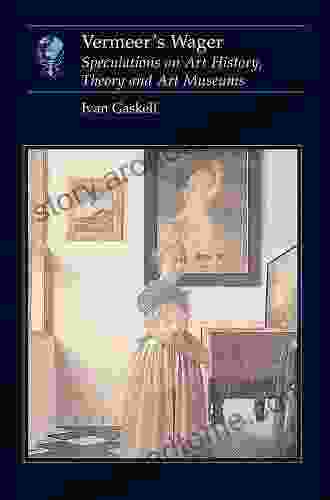
 Thomas PowellSpeculations on Art History Theory and Art Museums: Essays in Art and Culture
Thomas PowellSpeculations on Art History Theory and Art Museums: Essays in Art and Culture Ivan TurnerFollow ·15k
Ivan TurnerFollow ·15k Edgar Allan PoeFollow ·11.9k
Edgar Allan PoeFollow ·11.9k Davion PowellFollow ·7.6k
Davion PowellFollow ·7.6k Eddie BellFollow ·8.6k
Eddie BellFollow ·8.6k Sean TurnerFollow ·6k
Sean TurnerFollow ·6k Rex HayesFollow ·17.6k
Rex HayesFollow ·17.6k J.R.R. TolkienFollow ·8.3k
J.R.R. TolkienFollow ·8.3k Galen PowellFollow ·7k
Galen PowellFollow ·7k

 E.M. Forster
E.M. ForsterThe Real Blueprint to Short-Term Rental Success
Are you ready to create a...
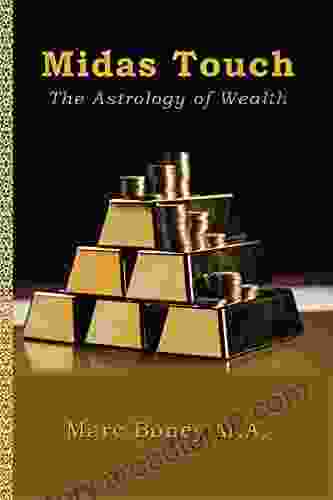
 Mark Mitchell
Mark MitchellMidas Touch: The Astrology Of Wealth
Are you ready to tap into the cosmic forces...
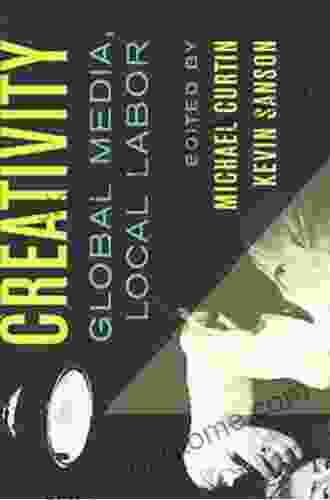
 Grant Hayes
Grant HayesPrecarious Creativity: Unpacking the Global Media and...
In the ever-evolving landscape of the...

 Cameron Reed
Cameron ReedGuru Govind Singh: A Life of Courage and Inspiration for...
Guru Govind Singh, the tenth Sikh guru,...
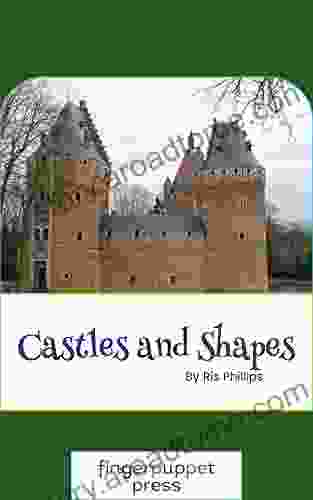
 Yukio Mishima
Yukio MishimaCastles & Shapes: The Enchanting World of Ris...
In the realm of...
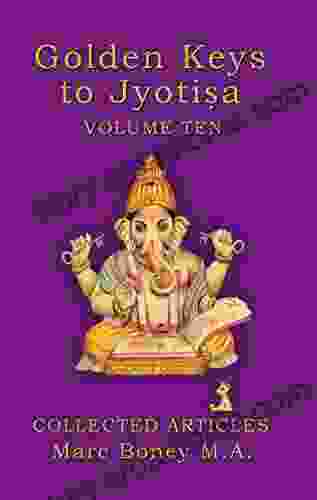
 Jerome Blair
Jerome BlairGolden Keys To Jyotisha Volume Ten: The Ultimate Guide to...
Embark on an...
5 out of 5
| Language | : | English |
| File size | : | 7573 KB |
| Screen Reader | : | Supported |
| Print length | : | 232 pages |


